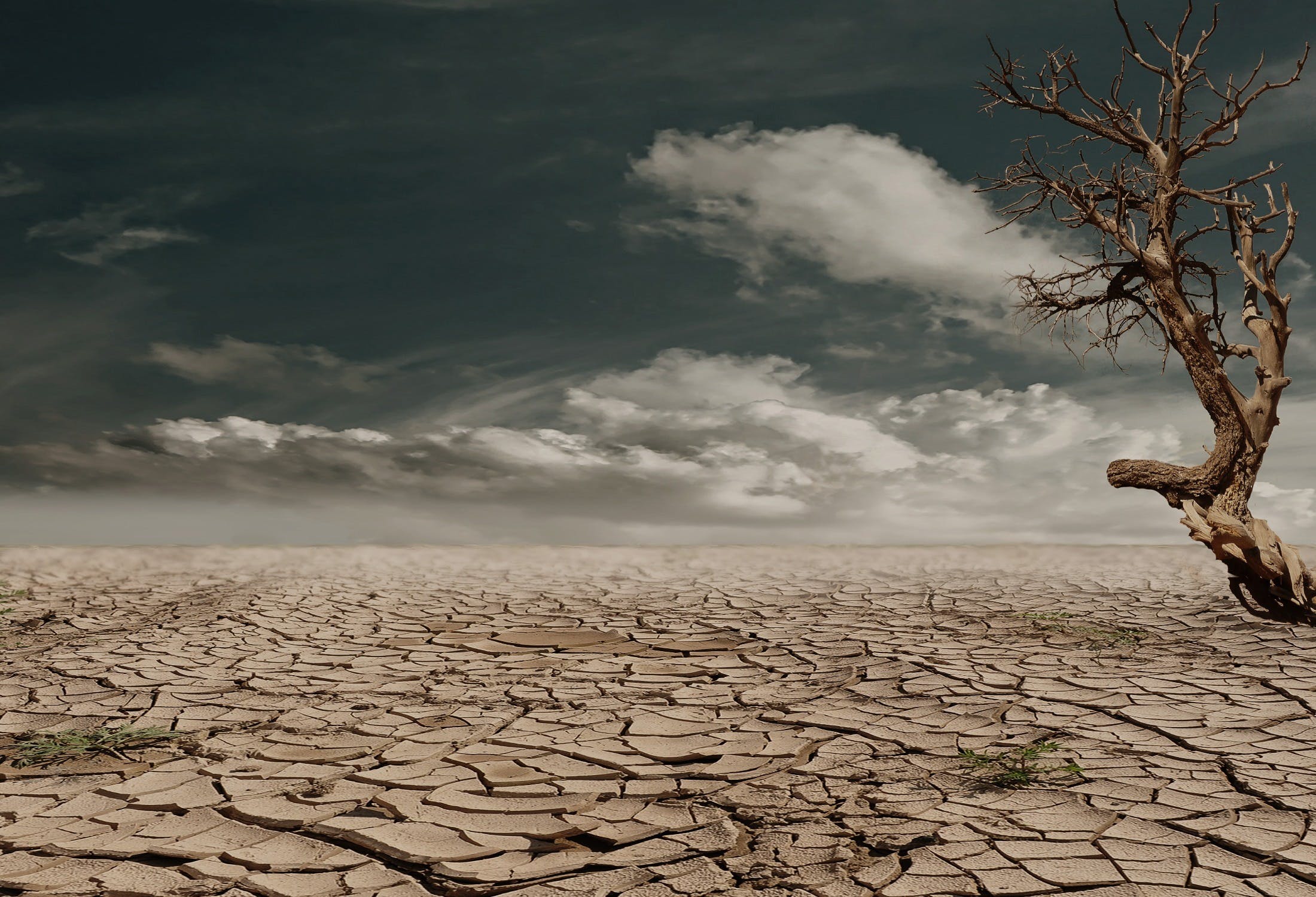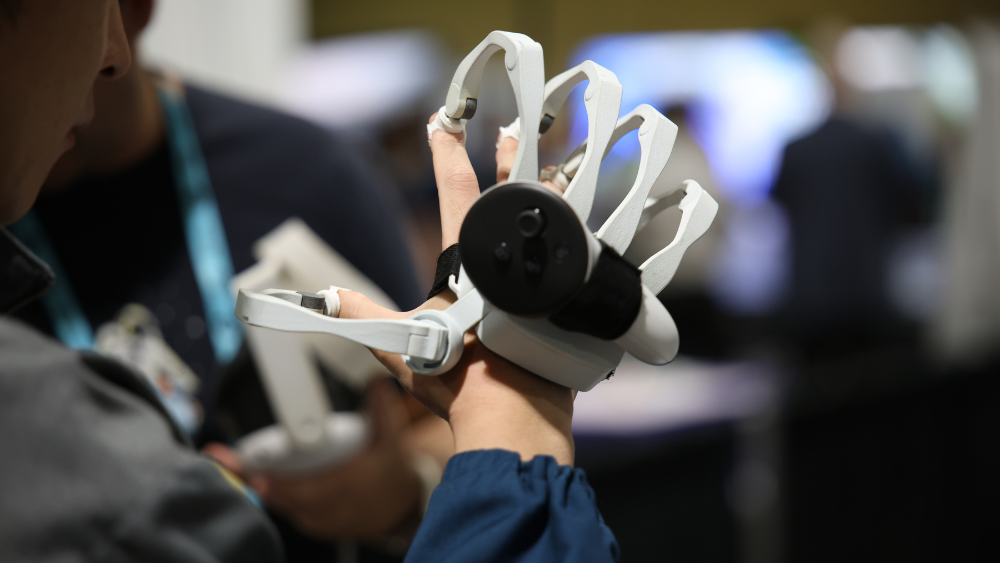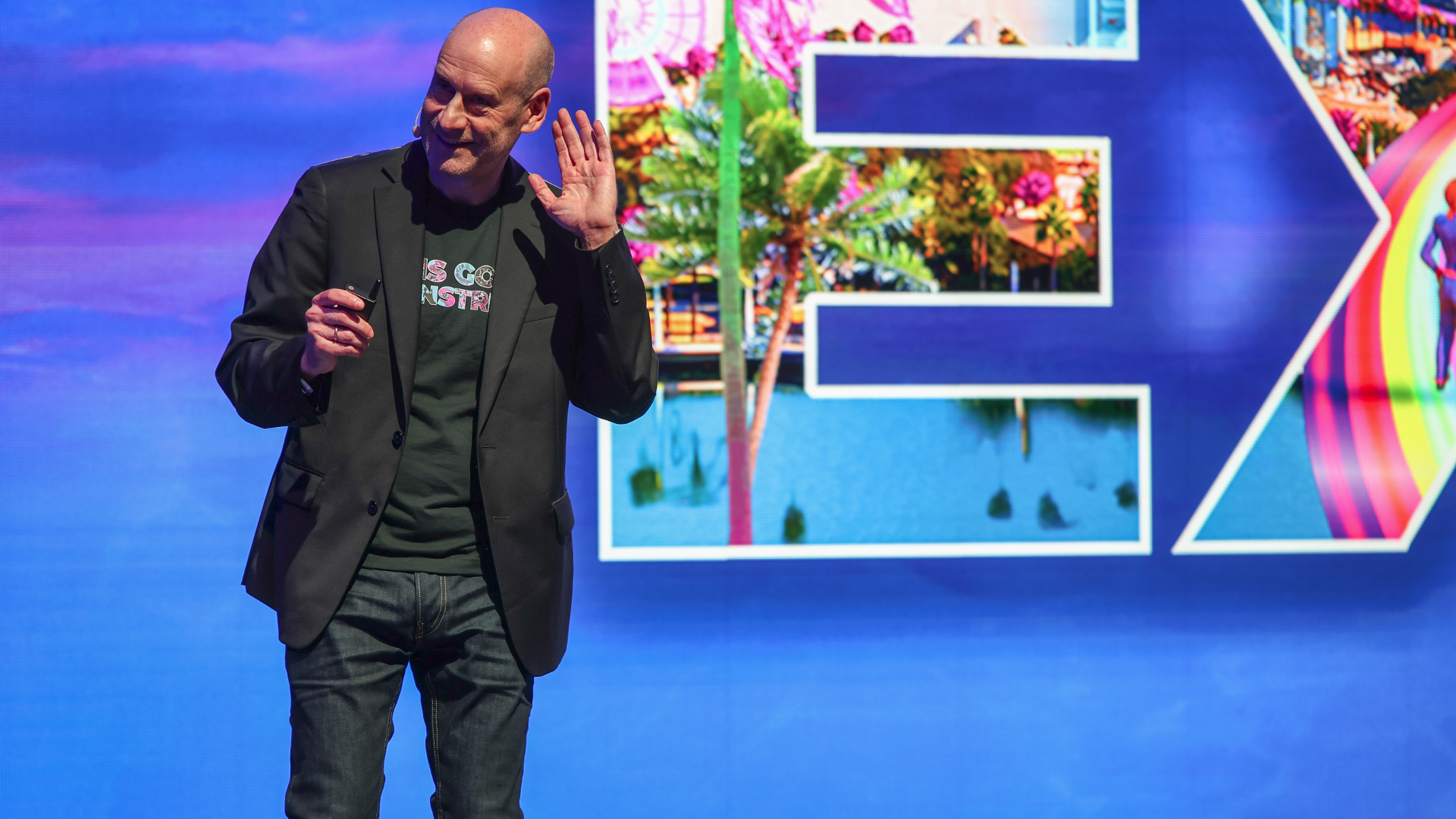Chris Milk said Virtual Reality can create the ultimate empathy machine. But can immersive technology inspire action? It's one thing to care about something and another to do something about it, to step outside of one's comfort zone in order to bring about positive change. Nevertheless, a number of artists, storytellers, researchers and organizations are exploring augmented and virtual reality as a medium to drive home climate change and incite climate action. In honor of Earth Day today, here are several notable AR/VR projects about the environment:
Yale University
The New Haven institution hosted its first Reality of Global Climate Change Hackathon in 2018. Assisted by climate scientists and technical mentors, students were challenged to use AR/VR to bring cimate change data sets (also photos, geo spatial data, etc.) to life in the form of engaging immersive experiences. The students, divided into teams, competed to win a prize in one of three categories:
1. Best use of AR/VR to help the viewer form a personal connection to and increase the viewer's understanding of climate change
2. Best use of AR/VR to visualize the impact of global climate change on the built environment or the benefits of new green features of the built environment
3. Best use of AR/VR to create empathy for the victims of global climate change
Magic Leap, HP and ESRI (makers of GIS mapping software) were among the sponsors of this year's hackathon.
This Is Climate Change
In this series of four 10-minute VR experiences titled "Melting Ice," "Fire," "Feast," and "Famine," viewers are immersed in four locations around the world where the effects of climate change - dramatic, life-threatening environmental shifts - are highly visible. Directed by Eric Strauss and Danfung Dennis, This Is Climate Change premiered at NYC's 2017 Tribeca Film Festival and has since been made available to anyone with a smartphone or VR headset. Face calving icebergs and hear the sounds of ice turning into roaring rivers; engulf yourself in raging fires across forested Californian terrain; share the fear of animals marching to slaughter on a massive cattle farm; and get transported (or displaced) to a Somalian refugee camp where malnourished children suffer under extreme drought. Watch the first installment here.
Stanford Ocean Acidification Experience
In the next 11 years, climate change may claim the lives of one hundred million people--that's an astonishing number but difficult to image or identify with, so researchers at Stanford University's Virtual Human Interaction Lab (VHIL) have been examining how people react to the experience of climate change in VR. One simulation created by the research hub is the Stanford Ocean Acidification Experience (SOAE), which portrays the effects of carbon dioxide on a marine ecosystem. Viscerally actualizing the threat of climate change, SOAE transports the user to a virtual coral reef off the Mediterranean island of Ischia, where volcanic vents have been spewing CO2 into the water.
As either an avatar or a piece of pink coral, the user watches as the ocean acidifies, the reef degrades and marine life disappear--a simulation based on decades of marine science research. More than three weeks after donning a headset, researchers found that participants demonstrated a high level of retention of information about ocean acidifcation. SOAE is free to download and can be viewed on an HTC Vive or Oculus VR headset. VHIL is actively studying how VR affects different demographics, how long the effects last, and whether the medium can actually inspire more sustainable behaviors.
Miami Murals: Climate Awakening
Miami-based Before It's Too Late (BITL), a nonprofit initiative founded by Linda Cheung, aims to motivate over one mllion individual climate actions using the arts, technology and science to convey the urgency of climate change, evoke emotion and incite climate change. BITL's VR Lab empowers students to work with local artists, entrepreneurs, and vulnerable communities. A 2018 project called "Miami Murals: Climate Awakening" united artists and techies to create an AR mural campaign bringing climate change to life. One mural in the series painted by Odobo and Muta Vision depicted famous areas of Miami nightlife, complete with the Miami skyline and city's names in big letters. The accompanying AR app revealed two potential futures, one of Miami decaying and the other of a sustainable city with green buildings, solar energy, and plenty of life. Which one would you choose?
Unmoored
As a New Yorker, the idea of Times Square underwater might sound appealing (try hailing a cab or meeting your Uber in the West 40s), but a submerged Manhattan was anything but in a public AR art installation last year in the heart of the city's theater district. If sea levels continue to rise due to climate change, New York City will, in highly scientific terms, sink. To visualize this scary projection, Microsoft and artist Mel Chin teamed up on a Mixed Reality experience of a post-apocalyptic, sunken NYC. Residents and tourists alike could activate Unmoored via smartphone or HoloLens at specific sites in the Times Square area to reveal a flooded city - 80 years in the future - with a sky full of boats, floating skyscrapers and billboards. It must have been quite surreal to view the iconic city this way, especially to those who call the Big Apple home. Insert sarcastic comment about immersive tech getting New Yorkers to care here.
Also, check out:
Yale University
The New Haven institution hosted its first Reality of Global Climate Change Hackathon in 2018. Assisted by climate scientists and technical mentors, students were challenged to use AR/VR to bring cimate change data sets (also photos, geo spatial data, etc.) to life in the form of engaging immersive experiences. The students, divided into teams, competed to win a prize in one of three categories:
1. Best use of AR/VR to help the viewer form a personal connection to and increase the viewer's understanding of climate change
2. Best use of AR/VR to visualize the impact of global climate change on the built environment or the benefits of new green features of the built environment
3. Best use of AR/VR to create empathy for the victims of global climate change
Magic Leap, HP and ESRI (makers of GIS mapping software) were among the sponsors of this year's hackathon.
This Is Climate Change
In this series of four 10-minute VR experiences titled "Melting Ice," "Fire," "Feast," and "Famine," viewers are immersed in four locations around the world where the effects of climate change - dramatic, life-threatening environmental shifts - are highly visible. Directed by Eric Strauss and Danfung Dennis, This Is Climate Change premiered at NYC's 2017 Tribeca Film Festival and has since been made available to anyone with a smartphone or VR headset. Face calving icebergs and hear the sounds of ice turning into roaring rivers; engulf yourself in raging fires across forested Californian terrain; share the fear of animals marching to slaughter on a massive cattle farm; and get transported (or displaced) to a Somalian refugee camp where malnourished children suffer under extreme drought. Watch the first installment here.
Stanford Ocean Acidification Experience
In the next 11 years, climate change may claim the lives of one hundred million people--that's an astonishing number but difficult to image or identify with, so researchers at Stanford University's Virtual Human Interaction Lab (VHIL) have been examining how people react to the experience of climate change in VR. One simulation created by the research hub is the Stanford Ocean Acidification Experience (SOAE), which portrays the effects of carbon dioxide on a marine ecosystem. Viscerally actualizing the threat of climate change, SOAE transports the user to a virtual coral reef off the Mediterranean island of Ischia, where volcanic vents have been spewing CO2 into the water.
As either an avatar or a piece of pink coral, the user watches as the ocean acidifies, the reef degrades and marine life disappear--a simulation based on decades of marine science research. More than three weeks after donning a headset, researchers found that participants demonstrated a high level of retention of information about ocean acidifcation. SOAE is free to download and can be viewed on an HTC Vive or Oculus VR headset. VHIL is actively studying how VR affects different demographics, how long the effects last, and whether the medium can actually inspire more sustainable behaviors.
Miami Murals: Climate Awakening
Miami-based Before It's Too Late (BITL), a nonprofit initiative founded by Linda Cheung, aims to motivate over one mllion individual climate actions using the arts, technology and science to convey the urgency of climate change, evoke emotion and incite climate change. BITL's VR Lab empowers students to work with local artists, entrepreneurs, and vulnerable communities. A 2018 project called "Miami Murals: Climate Awakening" united artists and techies to create an AR mural campaign bringing climate change to life. One mural in the series painted by Odobo and Muta Vision depicted famous areas of Miami nightlife, complete with the Miami skyline and city's names in big letters. The accompanying AR app revealed two potential futures, one of Miami decaying and the other of a sustainable city with green buildings, solar energy, and plenty of life. Which one would you choose?
Unmoored
As a New Yorker, the idea of Times Square underwater might sound appealing (try hailing a cab or meeting your Uber in the West 40s), but a submerged Manhattan was anything but in a public AR art installation last year in the heart of the city's theater district. If sea levels continue to rise due to climate change, New York City will, in highly scientific terms, sink. To visualize this scary projection, Microsoft and artist Mel Chin teamed up on a Mixed Reality experience of a post-apocalyptic, sunken NYC. Residents and tourists alike could activate Unmoored via smartphone or HoloLens at specific sites in the Times Square area to reveal a flooded city - 80 years in the future - with a sky full of boats, floating skyscrapers and billboards. It must have been quite surreal to view the iconic city this way, especially to those who call the Big Apple home. Insert sarcastic comment about immersive tech getting New Yorkers to care here.
Also, check out:
- A Drop in the Ocean (from the 2019 Tribeca Film Festival)
- The After Ice app by artist Justin Brice Guariglia and studios Strange Flavour and secondverse
- And keep an eye out for VR Garden from Paige Dansinger



